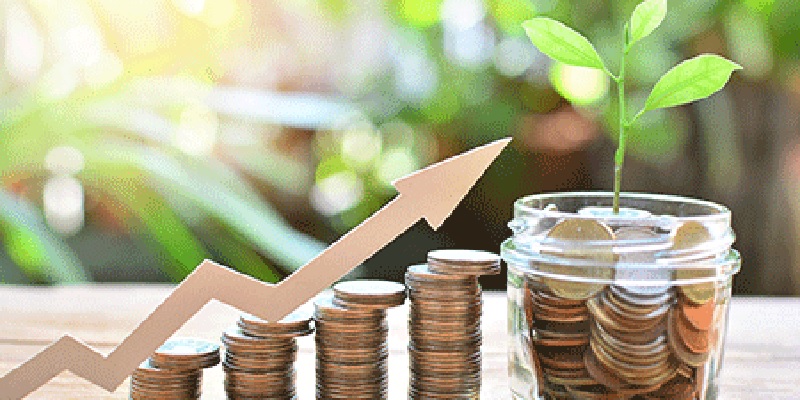 What is a high savings rate in the first place? Well, it’s how interest on your savings account will help the investor gain as much as they can with the money they save. Normally, high-yield savings accounts will pay interest rates that’s greater than the industrial average of 0.09% APY. Majority of the time it will be given to online banks and credit unions.
What is a high savings rate in the first place? Well, it’s how interest on your savings account will help the investor gain as much as they can with the money they save. Normally, high-yield savings accounts will pay interest rates that’s greater than the industrial average of 0.09% APY. Majority of the time it will be given to online banks and credit unions.
If you opted to get an online savings account, it’s better to keep going after the highest rate possible. But, is it worth it to switch your account again and again just to earn the highest savings rates?
Compare Your Rates with Others
If your savings account offers a rate that’s close to the national average and you’re okay with using online banks, think about changing to a high-yield account. However, if you already have a rate that’s more than the 1% APY, would it be the best idea to switch for a higher rate? Probably not, but it will all depend on you and how you want to use your rates on your savings accounts.
It doesn’t hurt to do some calculations on how to find the best interest rates with your account. Just multiply your rate with your savings balance to get a good estimate of your annual interest.
By doing this, you’ll be able to compare and contrast your interest rate with other offers and see if the one you currently have is worth it. The results that you get from this can be quite a shock. For example, if you look at a 1.50% and 2% interest, the difference between them is $10,000 in one year.
While the other one is only $50 before your tax is applied. If you have a larger balance on your account, it’s another good reason to switch to a higher rate.
Advantages & Disadvantages
When you go after the highest savings rate, you’ll be able to use your interest earnings to the fullest. However, looking at it logically, it’s not as easy as it sounds. For a good competitive rate, they are subject to changes at any given time and go with a similar rate. Once the Federal Reserve decreases their rates, lots of banks will follow suit.
In other words, the bank with the highest rate at the moment may not stay the same. Additionally, each account you have open will take some work for you to uphold their requirements. That’s one of the disadvantages to going after higher rates.
If you’re not that good at saving money, then it won’t matter how high the rate you go after is. It’s better to know how to manage and save your money before you go after a higher rate so you can use it properly. Although, it’s more complicated than it sounds.
When you deposit money into your savings account frequently, it will have a bigger effect on increasing your money rather than the interest rates.
Looking at More Than Just the Rate
All the money that you’ve saved in your account is better for your personal objectives in the future. With your emergency fund included, it should add about 3-6 more months to these expenses. If your savings account holds more money than your emergency fund, it can make a small difference in the rate.
With this in mind, it can be the reason why you change to a different high-yield savings account. Now, the stock market’s industrial average annual return is around 7%-8% after the inflation. It’s way more than what any savings account will pay you in interest.
If you decide to open a new savings account for a higher rate, check out the features they offer. Look into how the account features will benefit you, include the fees, minimum balances, and other factors it will take you to earn the interest. If you have any questions, banks will normally offer you their customer services via email, phone, or in person.
Once you decide to switch to a different savings account, check out what kind of welcome bonuses they have to offer as well. This can be a big factor of how much interest you’ll be able to earn. It’s super simple to open an online savings account. However, once it’s opened I would recommend sticking to it for a while before planning on switching it again.
 |
 |
Conclusion
Chasing after a higher rate for an online savings account can be a little bit of a gamble. There are lots of different factors you have to consider before applying for one. Even if your current savings account has a slightly smaller interest rate, it wouldn’t hurt looking into a different one.
However, if you struggle with managing your money, then you shouldn’t switch to an account with a higher interest rate. You would not be able to use the new rate to its full potential. In the end, it will all depend on if you want to put in the work to switch to a new account and follow their requirements.



